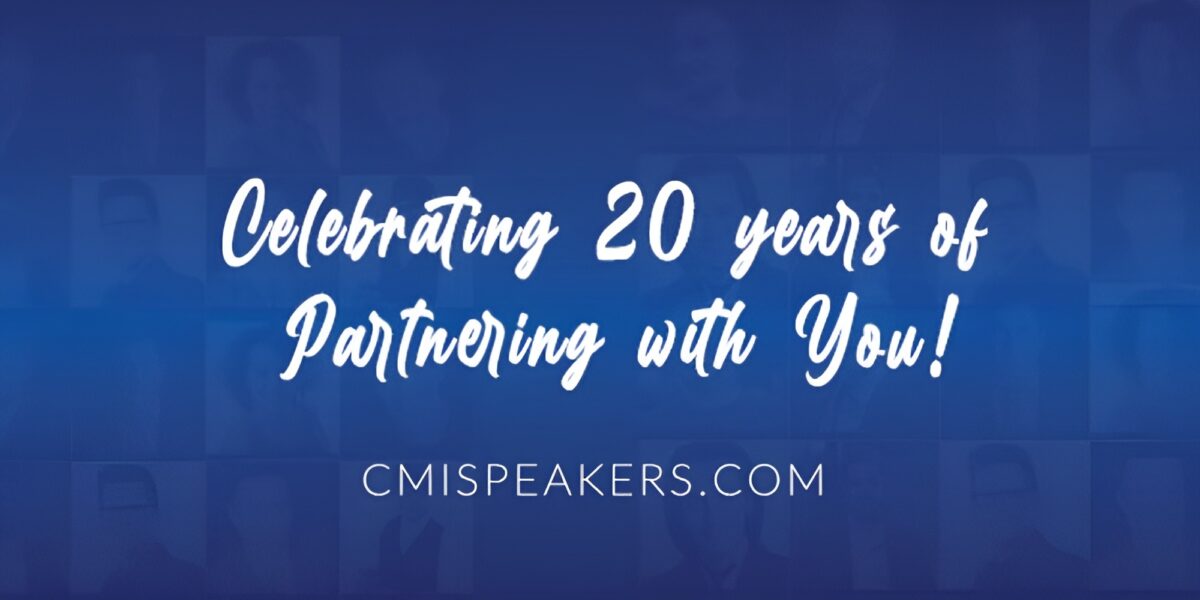What is a Salary Advance Loan
Picture this: you’re cruising home from work, and just as you thought your day was winding down, the dreaded check engine light begins to glow ominously on your dashboard. A trip to the mechanic reveals the need for several hundred dollars in repairs, and your savings account falls short of covering the cost. With your next payday still a week away, the situation may seem dire. But what if you could access a portion of your paycheck early? This is where salary advance loans come into play. Salary advances can be a financial lifeline in emergencies, but are they a wise choice? This article will delve into the world of salary advance loans, exploring how they work and what options are available, so you can determine if this financial tool is the right fit for you.
Personal Loans Online: The Digital Financial Landscape
Before embarking on a journey to unravel salary advance loans, take a quick detour to understand the digital financial realm:
- What are personal loans online?: Personal loans online encompass a broad spectrum of lending options available through digital platforms, offering convenience and accessibility for borrowers.
- How do they differ from salary advances?: While both serve as financial solutions, salary advances are typically offered by employers, allowing employees to access a portion of their earned but unpaid salary, whereas personal loans online are extended by financial institutions and come with various terms and interest rates.
The Concept of Salary Advance Loans: A Closer Look
- The Basics of Salary Advances: A salary advance loan allows you to access a portion of your anticipated paycheck before your official payday. It’s akin to borrowing from your future earnings, usually provided by your employer as a financial benefit.
- When Are Salary Advances Useful?: Salary advances can be invaluable in emergencies, such as unexpected medical bills, car repairs, or other urgent financial needs. They bridge the gap between your immediate financial requirements and your upcoming paycheck.
- How Advances Work: Typically, employees can request a salary advance through their HR department. The requested amount is deducted from their upcoming paycheck, along with any associated fees or interest charges.
Exploring Your Financial Options: The Decision-Making Process
Now that the concept of salary advance loans have been explained, consider your financial options:
- Traditional Salary Advances: Requesting a salary advance from your employer can be a viable option, especially in situations where you need immediate funds for essential expenses.
- Personal Loans Online: If your employer doesn’t offer salary advances or you prefer not to impact your future paychecks, personal loans online can provide a flexible and broader range of borrowing options, with varying terms and competitive interest rates.
- Budgeting and Emergency Funds: Establishing a robust budget and an emergency fund can serve as long-term solutions to unforeseen expenses, reducing the need for short-term financial assistance.
Conclusion: Paving the Way to Financial Resilience
Salary advance loans serve as a financial bridge during times of urgency, allowing you to navigate unexpected expenses with greater ease. However, they are just one tool in your financial toolkit. It’s essential to weigh the pros and cons, considering alternatives like personal loans online and proactive financial planning.
By understanding how salary advances work and exploring your financial options, you can make informed decisions that align with your financial goals. Whether you choose the convenience of a salary advance or opt for the flexibility of personal loans online, the journey toward financial resilience and stability begins with informed choices and a clear path forward.
Published By: Aize Perez










